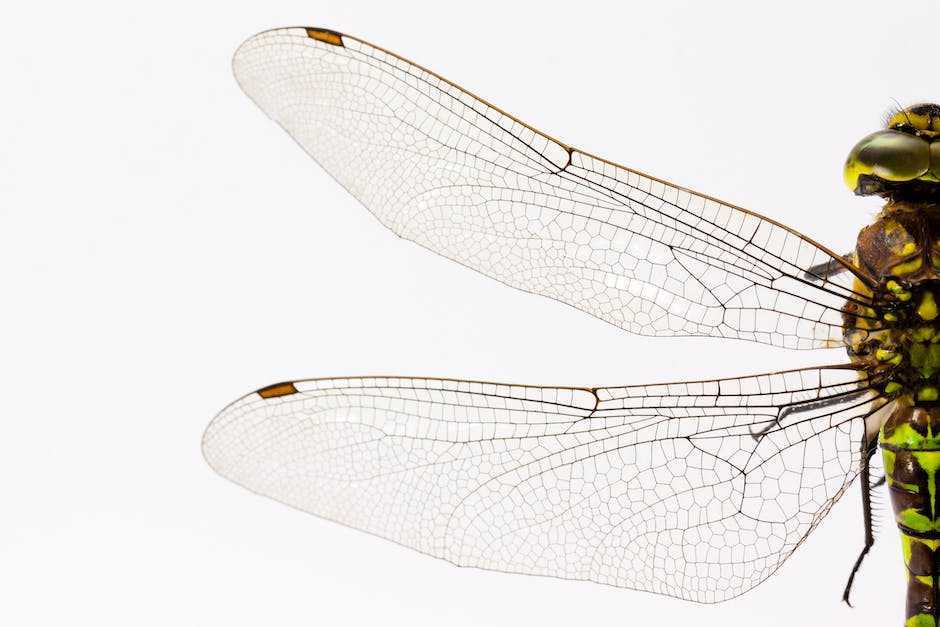
The terms “varicose veins” and “spider veins” are often used interchangeably, but they’re actually two different types of veins with different causes and different health implications. Learning the differences between them can help you understand your risks for developing vein-related health problems.
Contents
Identifying Spider Veins
Spider veins are small, visible, but typically painless veins. These veins have a web-like look, hence the name “spider.” It’s common for people to get spider veins on their legs and face, but they can develop on other areas of the body as well. Spider veins are caused by a weakening in the valves or walls of the veins, which can lead to blood pooling.
Identifying Varicose Veins
Varicose veins are larger, thicker, and usually painful as compared to spider veins. These vein are more pronounced, appearing slightly raised and swollen, and sometimes twisted. Varicose veins are most commonly found in the legs and feet, and are caused by a weakening of the one-way valves of veins that normally help the blood flow back to the heart. When the valves fail, blood accumulates, resulting in varicose veins.
Health Implications
Although spider veins are usually just a cosmetic concern, varicose veins can have more serious medical implications. In some cases, complications from varicose veins can be life-threatening and may include deep vein thrombosis, bleeding and ulcerations. In such cases, medical treatment should be sought as soon as possible to reduce the potential for more serious complications.
Managing Spider Veins and Varicose Veins
In many cases, spider veins and varicose veins can be managed with lifestyle changes such as exercising regularly and preventing long periods of standing or sitting. Wearing compression stockings and elevating your legs may also help. Laser vein treatments are another option for those looking to have their spider and varicose veins removed or reduced in size.
In conclusion, although spider veins and varicose veins present differently, it’s important to understand the differences between them in order to identify potential health risks. There are several ways that these veins can be treated, so speak with your doctor if you have any questions. With some lifestyle modifications and medical interventions, you can reduce your chances of developing spider and varicose veins.
